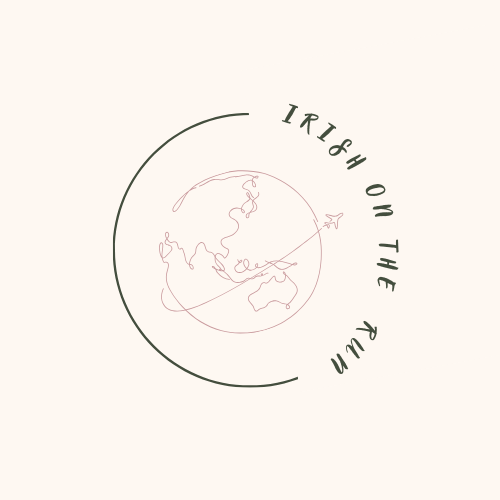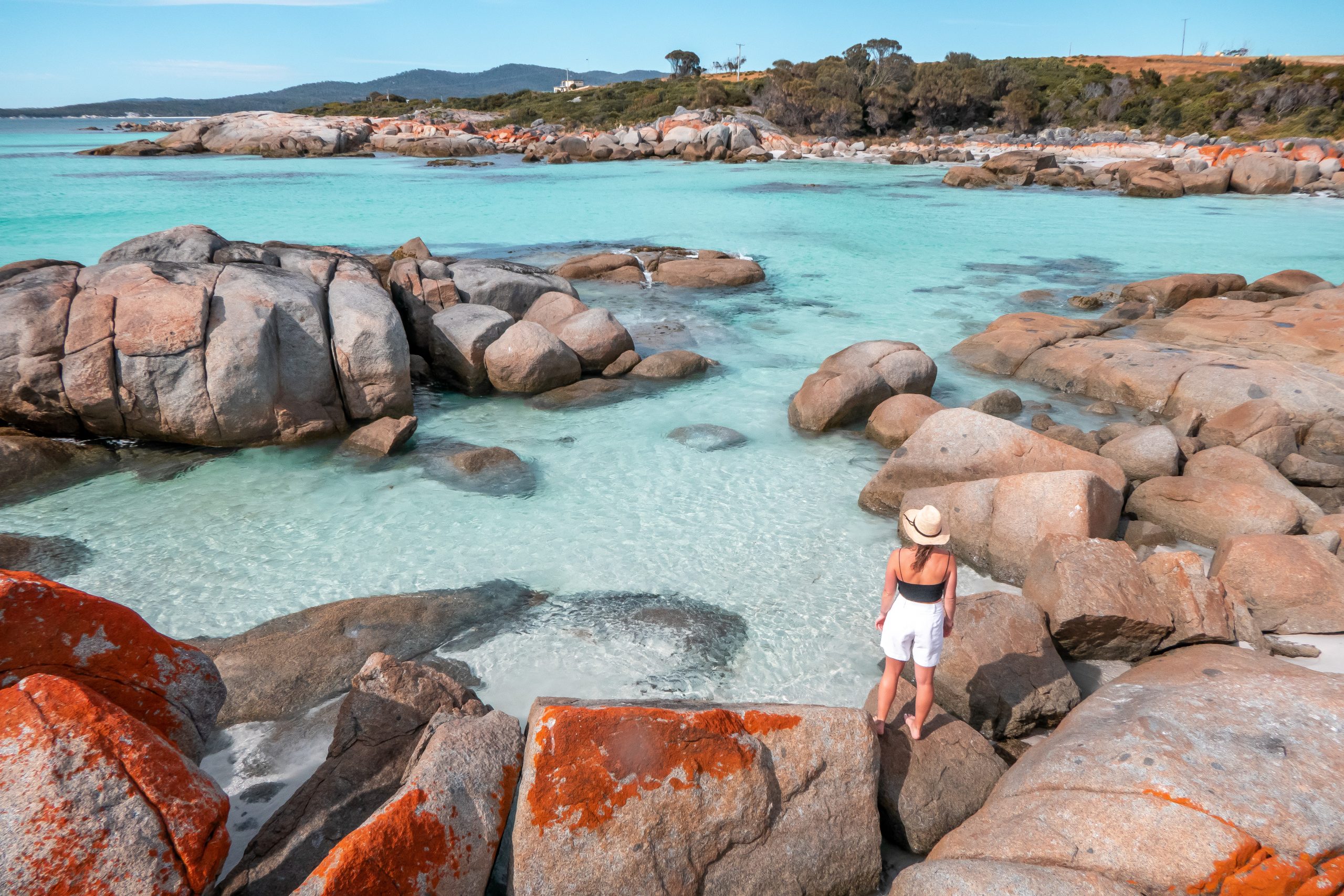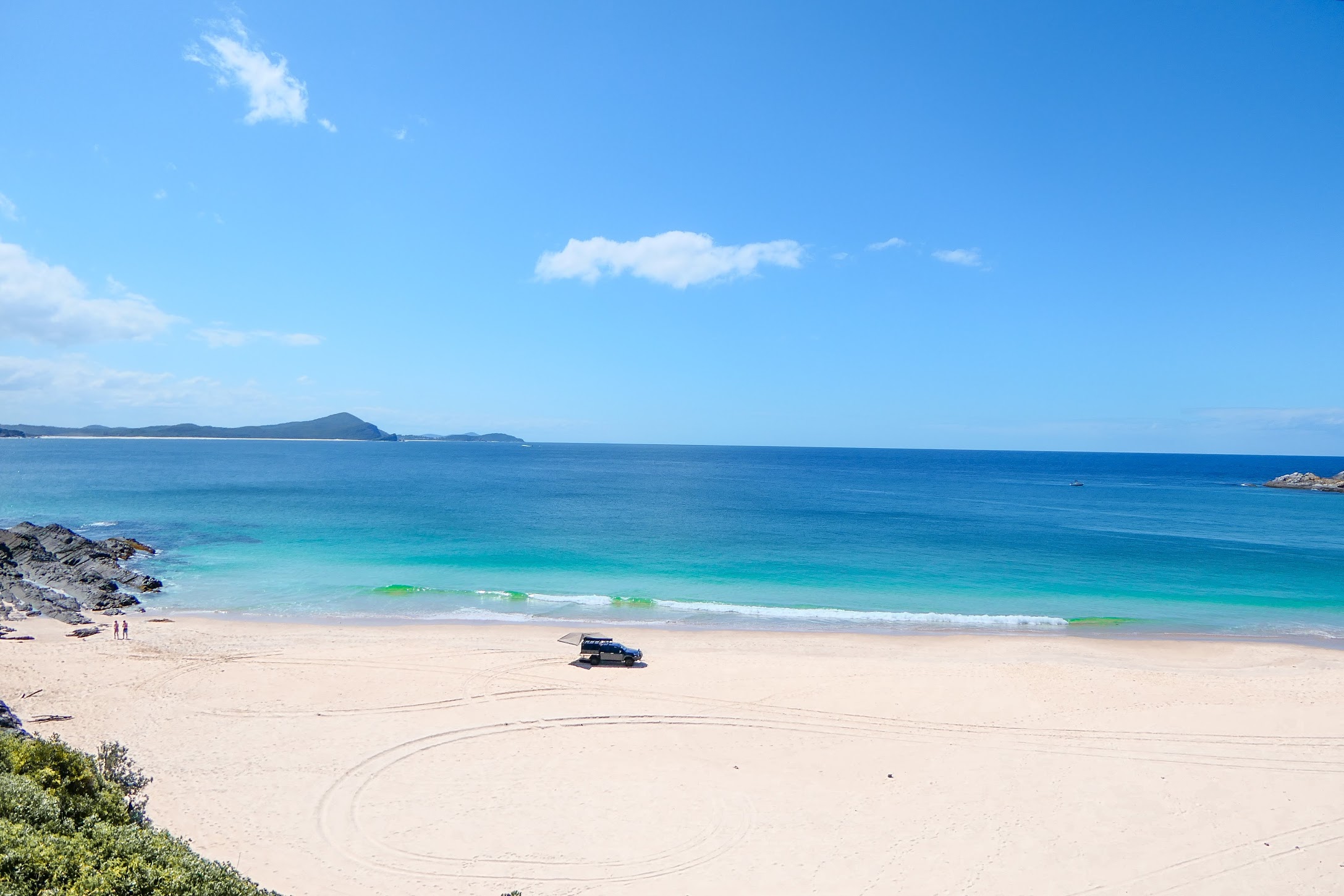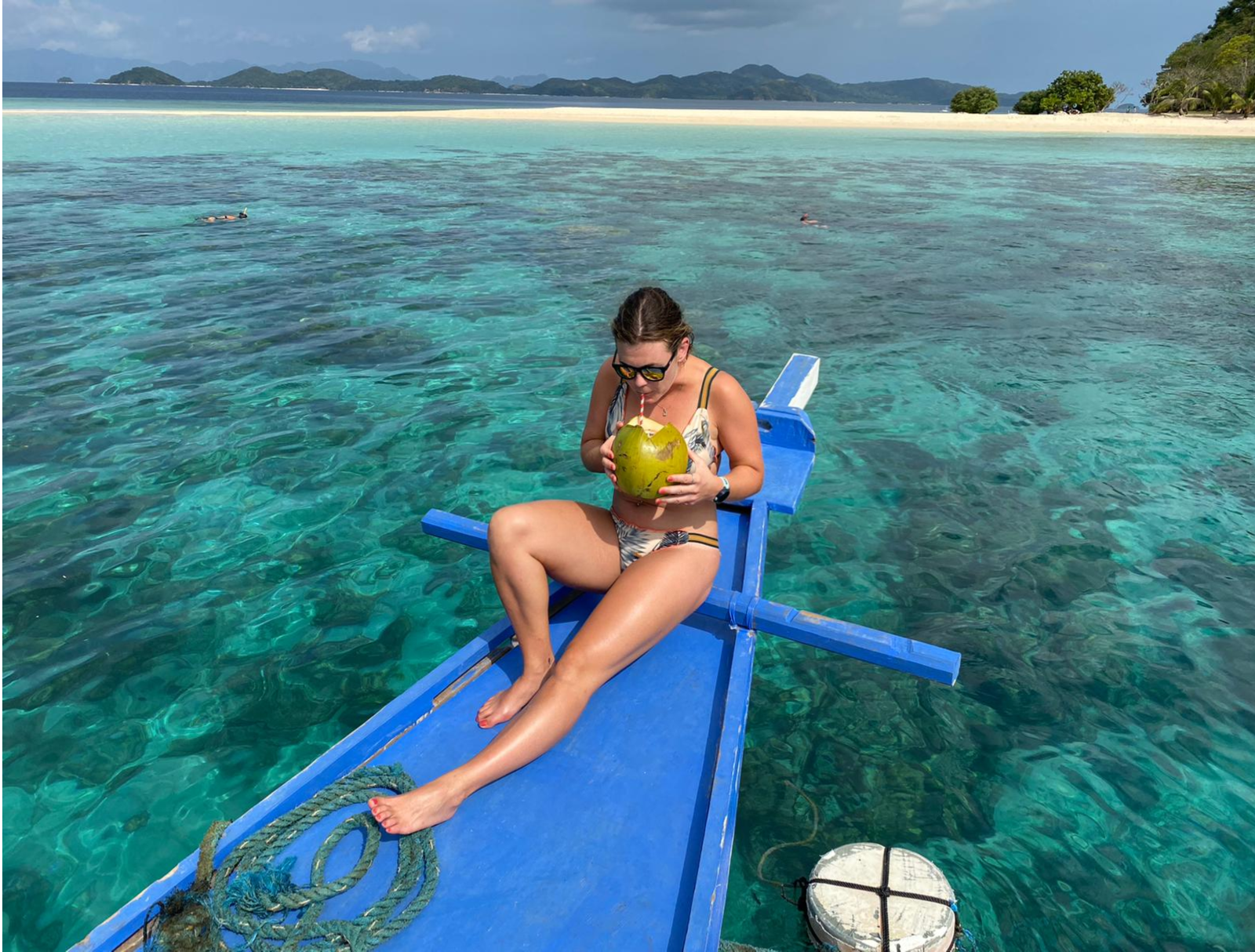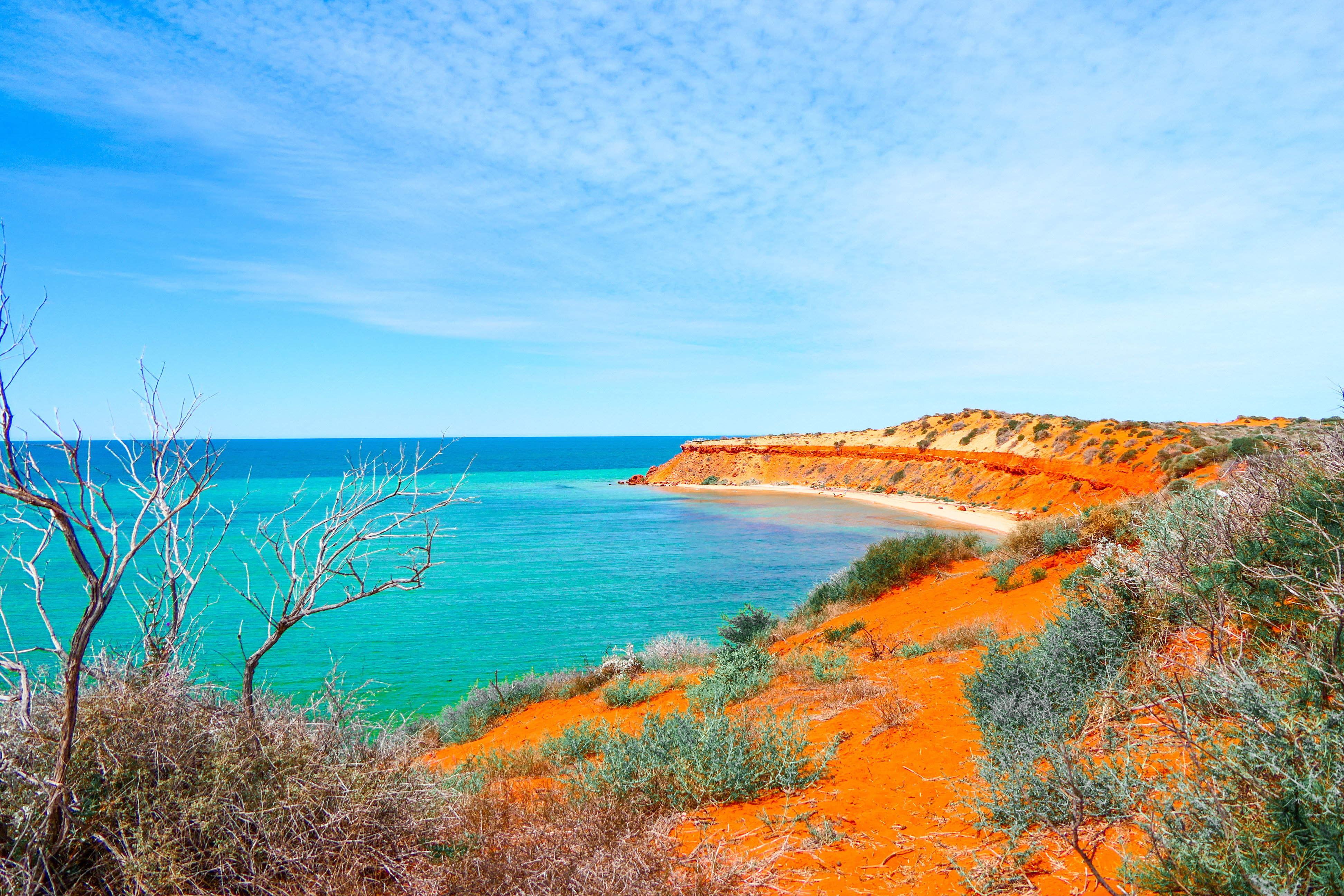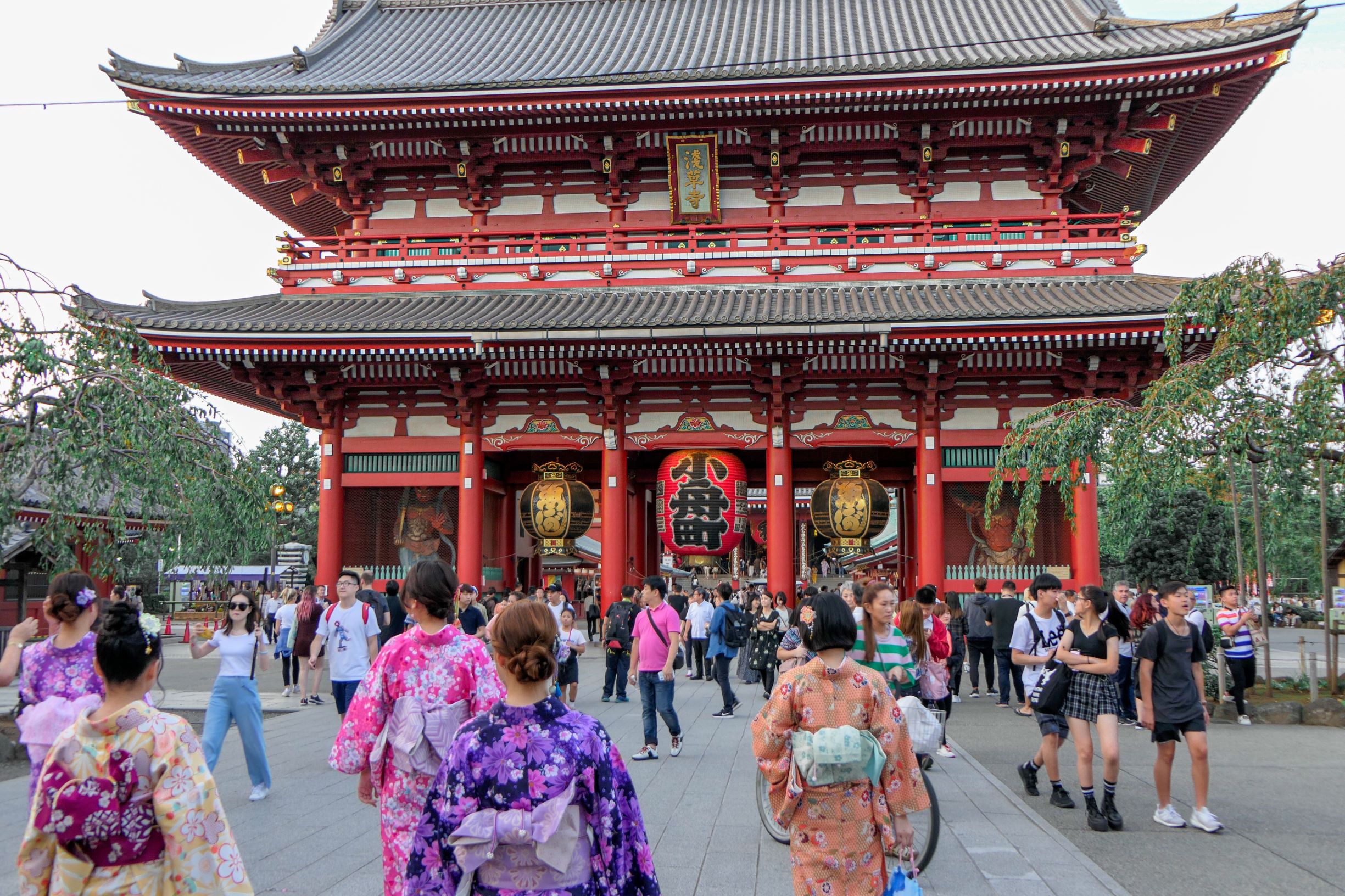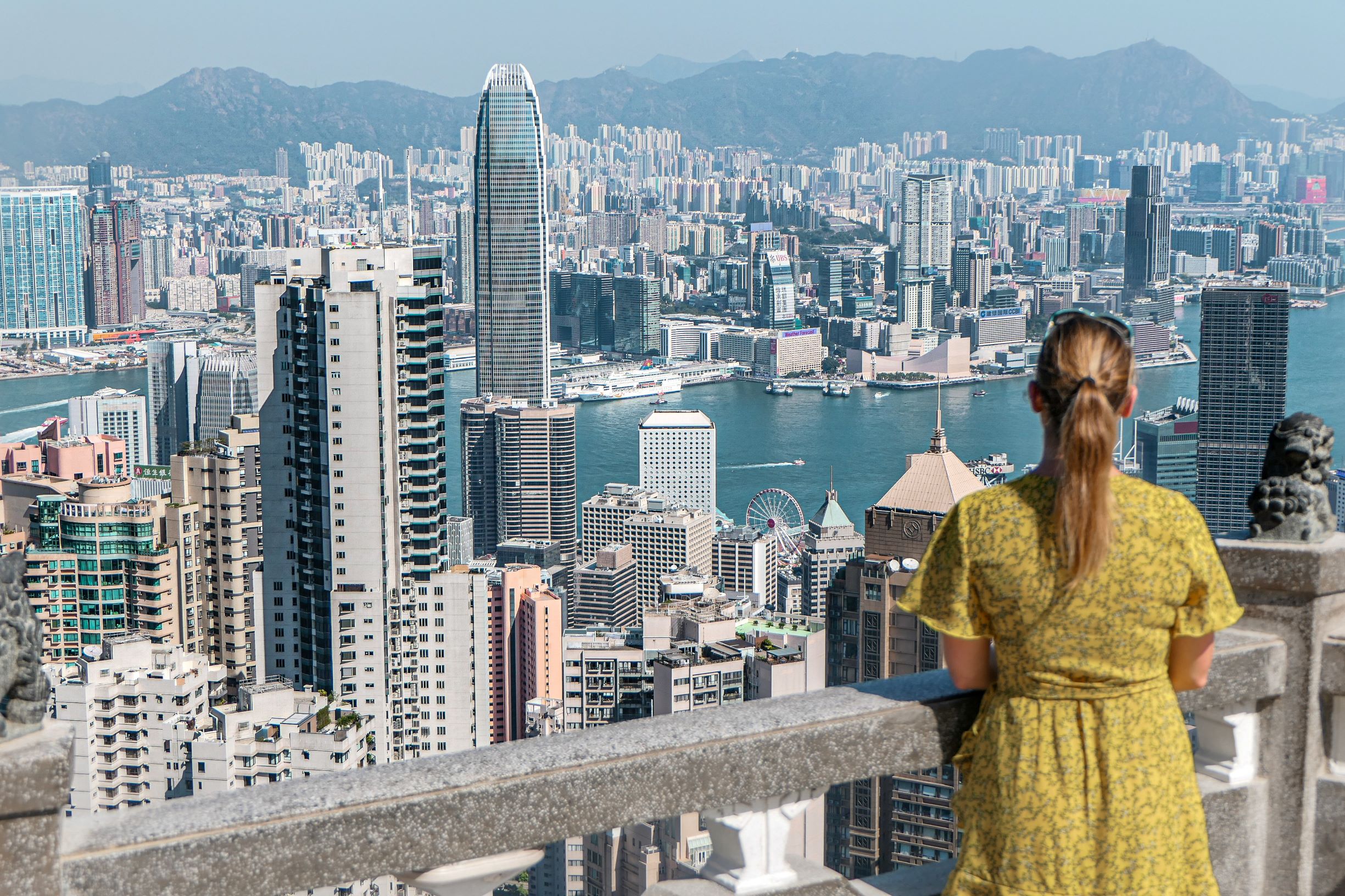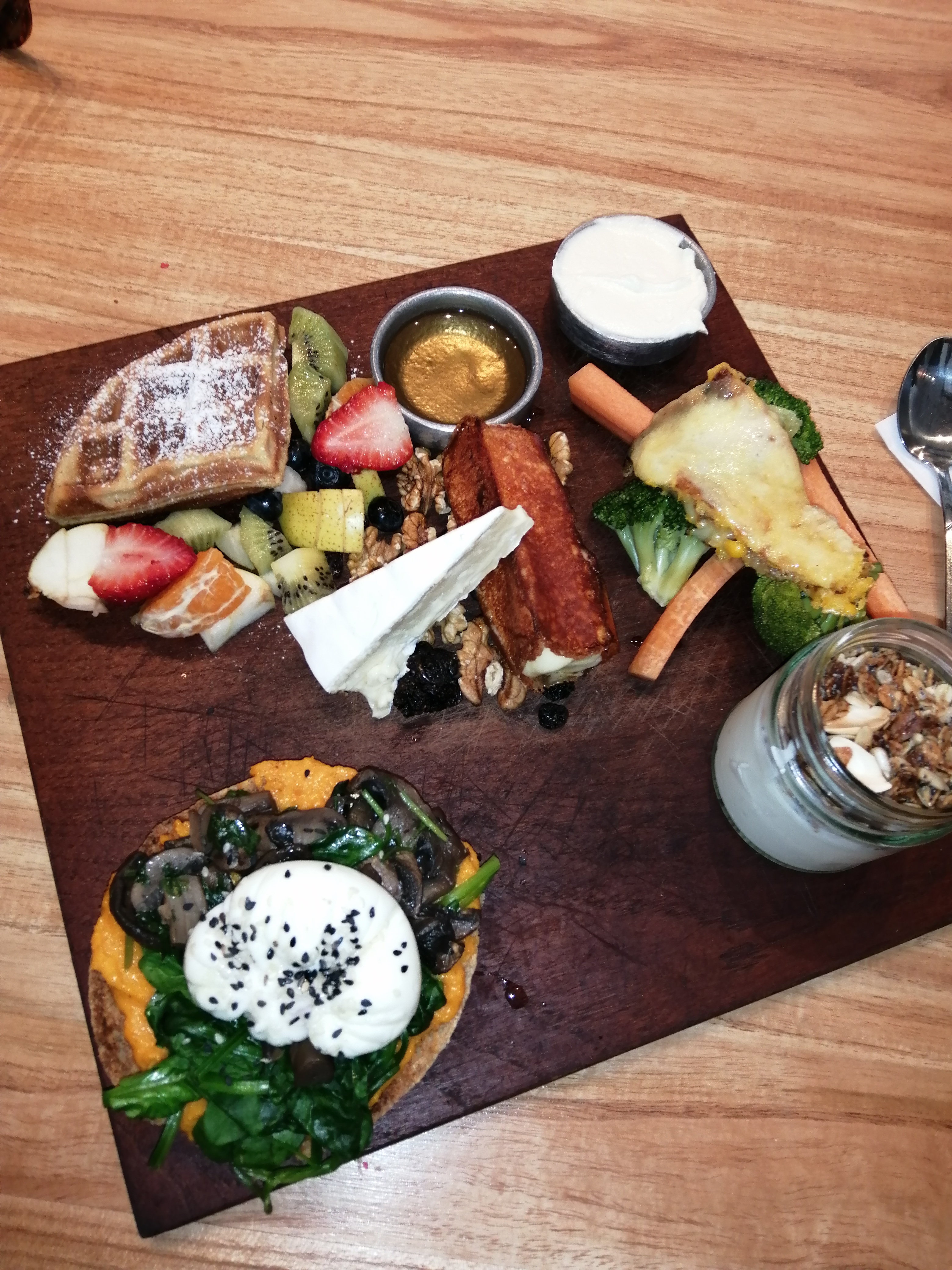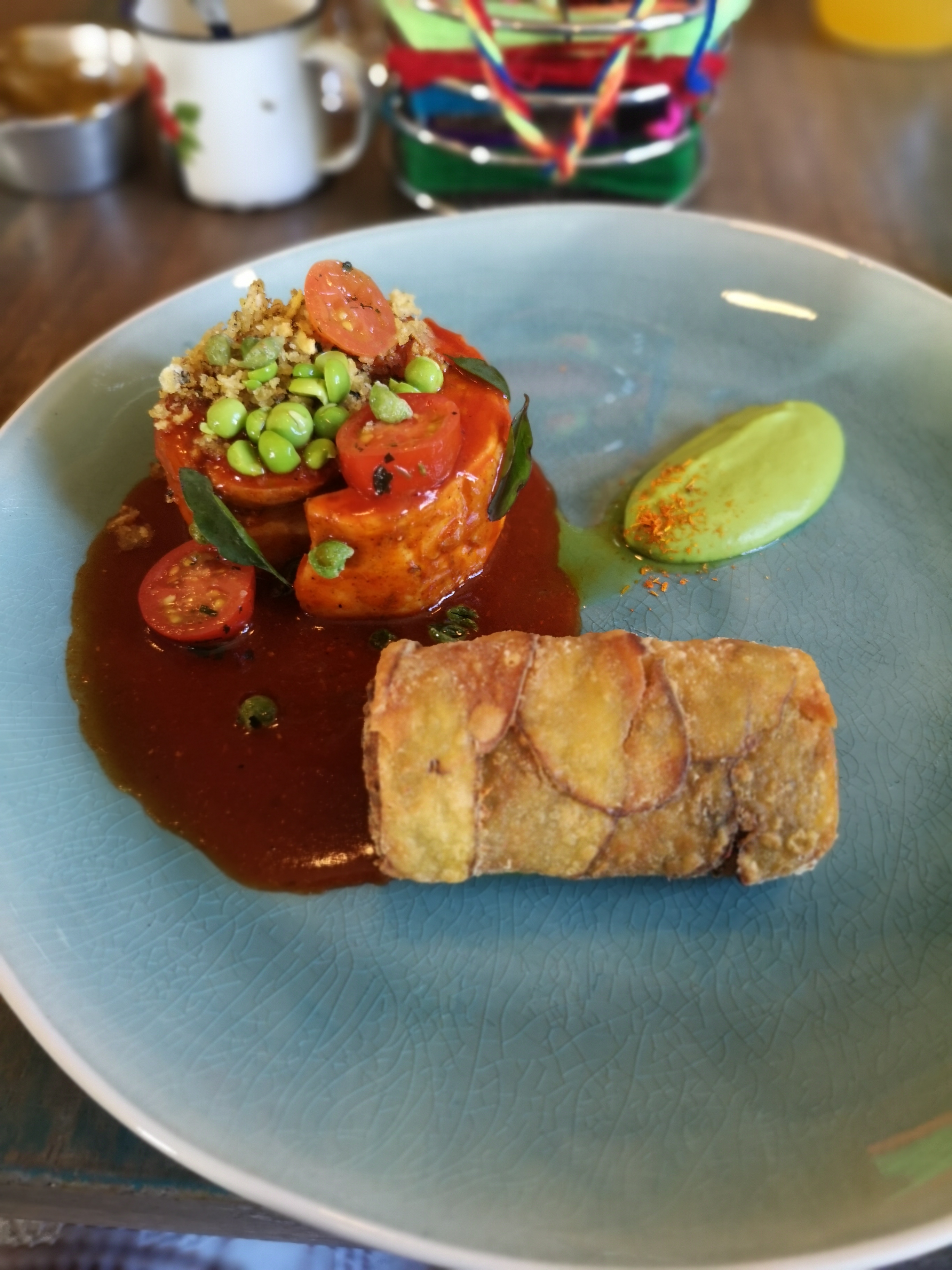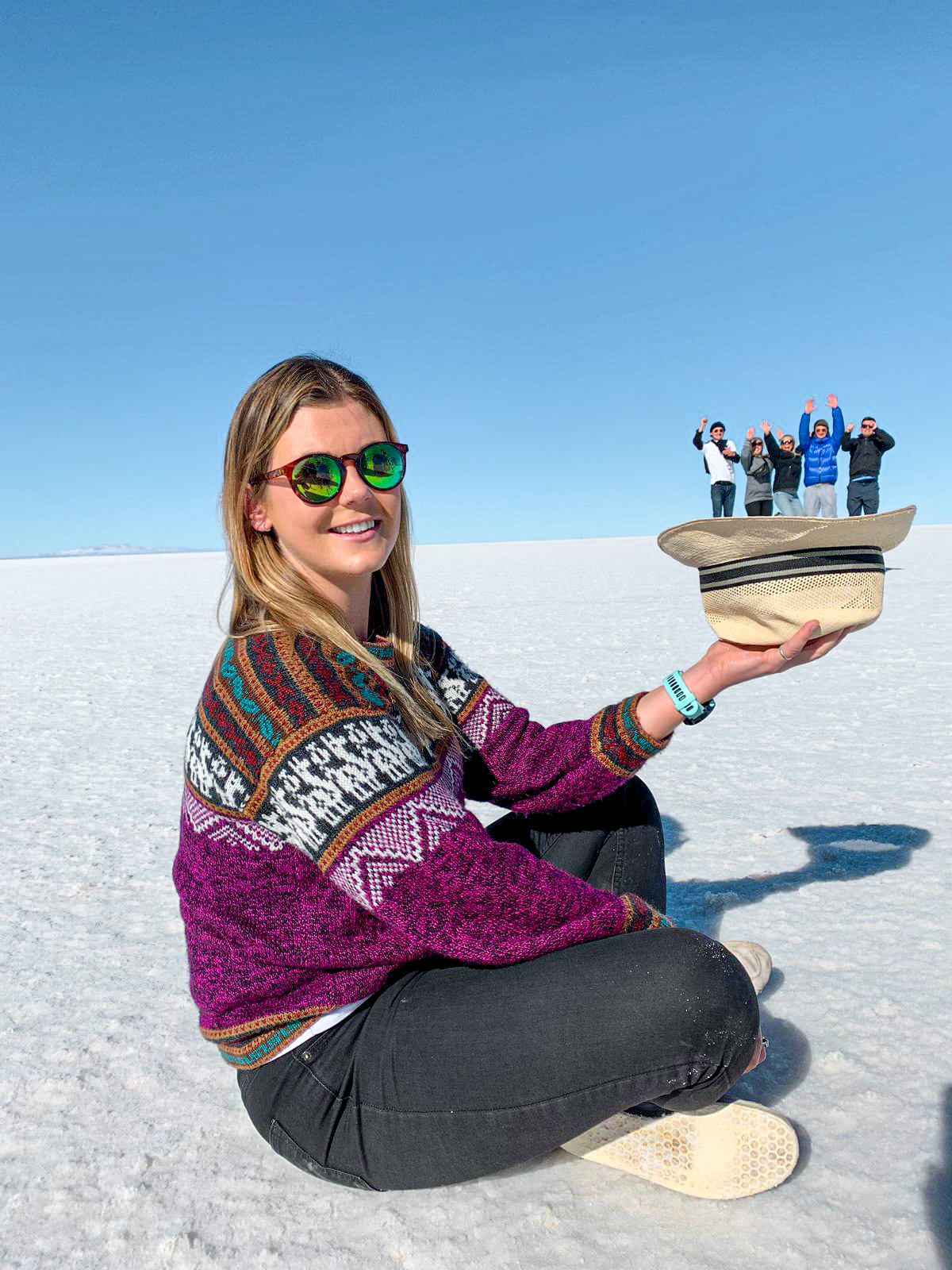Things to know before traveling: Best time to travel to Japan depends on what you want to see. Early spring is a very popular experience the short lived cherry blossom season and probably the best season but crowds are prices are higher. Japan receives four distinct seasons although it will differ depending on the region. Winter will be freezing and snowy in the north whereas down further south in Okinawa and the southern islands, the weather remains warm all year round. June to October is typhoon season and also rainy season hits during these months. Japan’s summers are be stiflingly hot and humid. Either spring or autumn are best in my opinion or winter, between Dec- Mar, if you are going for skiing in the Japanese Alps. Currency: Japanese yen ¥ (€1= ¥1.20) Language: Japanese, English is not widely spoken and a lot of restaurants only have menus in Japanese so downloading google translate offline is really useful. The signs in the train stations are in English and Japanese and some restaurants have English menus too. Transport: JR Pass! I’ll cover this in detail further on. Taxis are exorbitantly expensive so avoid at all costs. Uber…
No trip to Japan would be complete without spending some time in the crazy, eccentric city of Tokyo. The list of things to do in Tokyo is endless. It is such a huge city and can take time to get around. I’ve made a shortlist of the best things I did in Tokyo. Robot restaurant. For an assault on the senses, check out robot restaurant for one of their shows. This is a crazy show and not really a restaurant as the name suggests but you can order food there and preorder a bento box meal for ¥1000. The food isn’t great here so I would just go to enjoy the show. They serve alcohol too but at triple the price of a drink in 711. Its not a cheap show but if you book online you can get it for 38% less and booking an afternoon show is also cheaper than an evening show. It is an experience for sure and other than in Tokyo, I don’t know where you would ever see something quite like it. An afternoon ticket online costs, ¥5246 (€44) and an evening one is ¥6500 (€55). 2. Hike…
Hong Kong, my favourite city in the world! Hong Kong has so much to offer and so much to do. It is one of the most diverse cities I’ve visited and has something to offer everyone weather you’re a foodie, a beach bum, hiker or city lover. Hong Kong is a compact city with incredible public transport that is incredulously cheap that it makes getting around so quick and easy. The main languages are English and Cantonese and the majority speak English or have some level of pigeon English making it a hot travel destination with very few barriers. If you are smart and plan your days well you can do and see a lot in Hong Kong in just a few days. I stayed on Hong Kong Island and I would recommend staying on that side or near the Tsim Sha Tsui (TST) on the Kowloon side. Most of the expats tend to live on the island side and hang out there, the central area and night clubs and bars are on that side too so best to base yourself there during your stay in Hong Kong. I spent four days in Hong Kong and…
Argentina is a travellers paradise with so much variety of terrains, landscapes and activities to suit everyone. It’s the second biggest country in South America spanning from the tip of Bolivia down to near the Arctic circle. Argentina has everything from out of this world waterfalls and tropical climates, South America’s highest peak, skiing in the winter, glacier carved landscape in Patagonia, metropolitan cities to the finest wine regions in the world. Argentina is safe,cheap, easy to travel and the people are so helpful and friendly. It is a massive country so be prepared for long night buses or several internal flights to explore the country. General info and tips Capital: Buenos Aires Language: Spanish Currency: Argentina Peso (AP); €1= 61 ( at time of writing, 3/9/2019). Money in Argentina- the AP is a volatile currency going through hyperinflation. The Argentine economic situation is very unstable and in just one day the stock market and value of the peso dropped by 30%. The dollar is seen as a very valuable currency in Argentina due to its stability. ATMs often run out of money and charge about €10 to withdraw and they have a maximum…
Machu Picchu, the finest example of Inca civilization, is the most visited site in Peru and is named one of the seven modern wonders of the world. Its not hard to see why. The ancient city was built by the Incas on a mountain top surrounded by temples, terraces and water channels. There are several ways to get to Machu Picchu. I will mention a few of them and cover the option I took, the Inca jungle trail, in detail. When to visit Machu Picchu The dry season between May- Oct is the best time to visit. Jun-Aug is peak season and number of visitors rise during this time meaning booking the train and Inca Trail in advance is a must. I went in June, during the busiest month and we still managed to get onto the Inca jungle trail, a train ticket coming back and entrance in at 7 am and we only booked the day before when we arrived in Cusco. The wet season is Nov- Mar where you can expect anything from light drizzle to heavy downpours daily. The heaviest rain is in February, which is also when the Inca Trail path is closed for maintenance…
Buenos Aires, the home of all things meat and steak, is seeing much more diversity now in its food scene than just coffee, parrillas, wine and repeat. It’s food scene is evolving and traditionally bound restaurants serving just heaps of meat are being redefined by wave of young chefs. Buenos Aires is a brunch goers and foodies dream where you can find classic empanadas for less than 50 cent to the world’s finest steaks and wine. Argentina is a melting pot of French, Italian and Spanish heritage to name but a few and they have all left their mark on the culinary scene. Here are some of the best restaurants in Buenos Aires, suitable for both veggies and meat lovers. Don Julio Parrilla: It was listed in Latin America’s top 50 best restaurants in 2016. A meat lovers paradise serving the finest grass-fed Aberdeen Angus and Hereford cattle, raised in the countryside outside Buenos Aires. The steak here is phenomenal and cuts like butter. The service is amazing, even when queuing outside. Reservations are required here but if you’re not in a hurry, stick your name on a list, have a…
One of my favourite past times is enjoying one of the greatest things in life: food. I was surprised at how good the food scene was in La Paz. The vegetarian and vegan trend is quickly catching on in La Paz and quality eateries are on the rise. Here are a few of my favourite places to eat in La Paz, all of them either vegetarian or having vegetarian options. Popular Cocina Boliviana. This was my far my favourite place and well worth the queue. The food here is incredible quality, presented impeccably and the service was second to none. A Mcdonalds at home would cost you more than this three course meal and drink setting you back a whole B$ 65 (€7). The run two sittings daily for a three course lunch, one at 12.30 pm and one at 2 pm. However you need to be here at 12 to put your name down as they don’t take prior reservations. I arrived at 11.45 am and they wouldn’t take my name until 12 pm. https://www.facebook.com/popularlapazbolivia/ 2. Cafe del Mundo. I came back to this place several times during my…
Bolivia was a country I had heard amazing things about and was one I thought I would skip through. I’d heard it things like it’s a bit of a shit hole, it’s very poor, the locals aren’t that welcoming to tourists, the food is awful and you’ll most definitely get sick here from the food and water.This could have been further from my Bolivian experience. Some of my best memories from South America are in Bolivia. From summiting a 6000 m plus peak, making friends for life on the world’s largest salt flats, escaping death on the world’s most dangerous road and swimming with pink dolphins and alligators in the amazon, Bolivia is not for the faint hearted. The poverty, inequality, slow economic development and corruption can be seen in everyday life but if you can look past this you will be rewarded with adventure, kind people who take pleasure in the simple things in life and a rich cultural experience. Bolivia is the country the the highest indigenous population in South America. I had been warned about Bolivians being the least friendly South Americans…
San Pedro de Atacama, know as the driest desert on earth in the North of Chile is also renowned for being the most expensive place in Chile. This is widely known even amongst Chileans. Its northern chile’s number one tourist attraction. The scenery around it is spectacular, including the world’s largest salt flats, volcanos, geysers and rock formations that make you feel you’re in another world. San Pedro Town itself is not much more than a picturesque plaza lined with trees and a few streets clustered with artasen shops, eateries and tour agencies. Despite the hoards of tourists, there a very chill and calm atmosphere here perfect for relaxing in a hammock with a good book in one of the many hostel courtyards. Getting there The nearest airport and big city is Calama, 106 km away. Domestic flights between Santiago and Calama are pretty cheap and sometimes work out cheaper than the 30 hour bus from Santiago. Another popular way of getting here is coming from Bolivia’s via the Salar de Uyuni. I finished up a 3 day tour with a transfer to San Pedro de Atacama. Where to stay There are…
Time: 2.5 days Location: Uyuni, Bolivia. Can also start from San Pedro de Atacama or Tupiza in Bolivia. Cost: B$870 (€113) Includes: transport, guide, breakfast x 2, lunch x 2 and dinner x 2, drinks at meals, accommodation x 2 nights, sleeping bags, transfer to Chile. Not included: hot springs (B$6/ €0.90), national park fee (B$150/ €20), paying for toilets along the way (all between B$2-5) Salar de Uyuni, located in the Andes in South West Bolivia, is the world’s largest salt flats covering a massive 11,000 squared km. It is believed that a lake dried up leaving a white canvas of white salt, cati filled islands and rock formations. It’s the Machu Picchu of Bolivia and no trip would be complete to Bolivia without including this white desert. There are a few options for doing a tour of the salt flats. The most popular are either one day or 3 day tours, with the option of finishing in Chile if coming from Bolivia or vice versa. You can also finish the tour back in Uyuni if you’re not travelling onwards and want to do…
